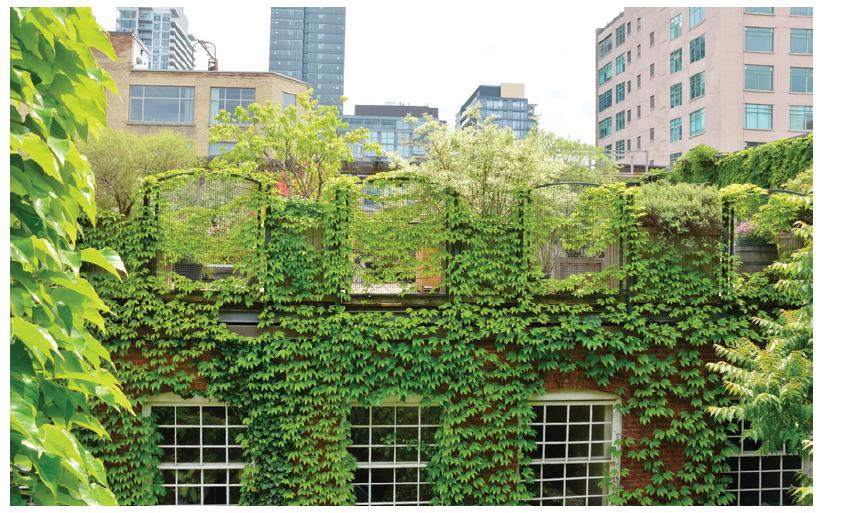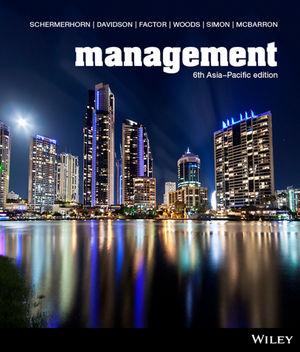A research team at the University of Melbourne set out to uncover whether a short 40second break
Question:
A research team at the University of Melbourne set out to uncover whether a short 40‐second break viewing a city green roof could boost attention. Green roofs are an increasingly common way of introducing more nature into cities and normally consist of low‐growing plants in lightweight, thin soil‐like mixes that sit over drainage layers on a building rooftop.
The experiment used a neuropsychology test called the ‘Sustained Attention to Response Task’ (SART). Participants had to work at a computer and respond correctly to numbers flashing up on the screen. Each time a number flashed up, they had to press a key unless, that is, that number was ‘3’. For the number ‘3’, participants had to refrain from pressing a key. The test is not very hard, but it is boring, and you have to really pay attention to perform well.
Once the 150 participants became tired from the SART, they were given a 40-second micro‐break. During the micro‐break each participant saw a city scene on the computer. The scene was a view from a city high rise but with one difference: half the participants saw a normal concrete roof, while the other half saw a flowering meadow green roof. After the micro‐break, participants performed the SART again and the performance between the two groups was compared.
After the break, participants who saw the green roof performed better than those who saw the concrete roof. That is, they made fewer errors on the task and showed steadier response patterns towards the flashing numbers. Observing steadier responses in participants who saw the green roof is quite important. Changes in attention can be analysed by breaking down each person’s response patterns into two parts: ‘quick changes’ in responding and ‘gradual changes’ in responding. Steadier quick changes in responding suggests fewer brief attention ‘slips’ during the task and better attention control. Steadier gradual changes in responding suggest consistent levels of alertness across the task.
In the study, participants who saw the green roof showed fewer attention slips and as a result, better attention control. Compared with their concrete roof counterparts, they also showed more consistent alertness after the green roof micro‐break.
Healthier workplaces and cities
For decades researchers have wondered whether brief glimpses of nature could boost attention. Until now, however, they have only found these benefits in studies where participants were exposed to nature for longer periods of time — at least minutes, and often hours.
A multidisciplinary team used theory and methods from environmental psychology, neuropsychology, organisational psychology and horticulture to uncover new insights on the benefits of urban nature. As a result, they uncovered attention benefits after a 40‐second micro‐break with a flowering meadow green roof view. For office workers, this suggests that ‘green micro‐breaks’ can provide a simple and effective strategy for boosting attention between longer breaks.
Importantly, the study shows attention benefits after seeing a city green roof. Most research on the benefits of nature has used lush and tall nature, particularly forests, woodlands and parks. The green roof the participants were shown was realistic, using low growing plants that could survive on an irrigated roof.
The research demonstrates that even a modest area of flowering meadow can boost attention. For urban planners and developers, these results are yet another incentive to add more plants into our cities and workplaces, to provide real benefits for people by creating healthy, productive and liveable spaces. Green roofs are a practical solution for high density cities.
QUESTION
Change your computer desktop background to a nature scene and test the theory of green micro‐breaks while studying for an exam or writing an assignment. Later, change it to your normal background and continue to take micro‐breaks. Do you perceive a difference in your attention levels after the green micro‐breaks?
Step by Step Answer:

Management
ISBN: 9780730329534
6th Asia Pacific Edition
Authors: Schermerhorn, John, Davidson, Paul, Factor, Aharon, Woods, Peter, Simon, Alan, McBarron, Ellen





